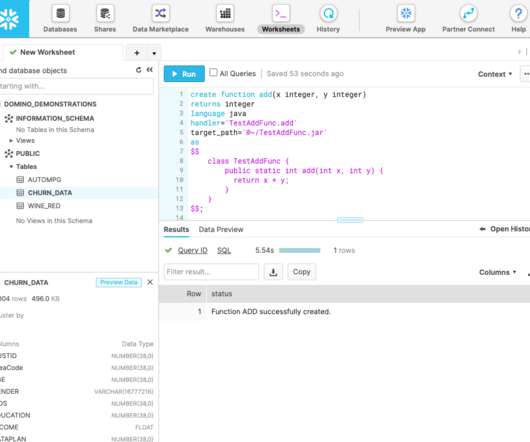Changing assignment weights with time-based confounders
The Unofficial Google Data Science Blog
JULY 22, 2020
For example, imagine a fantasy football site is considering displaying advanced player statistics. A ramp-up strategy may mitigate the risk of upsetting the site’s loyal users who perhaps have strong preferences for the current statistics that are shown. We offer two examples where this may be the case.













Let's personalize your content